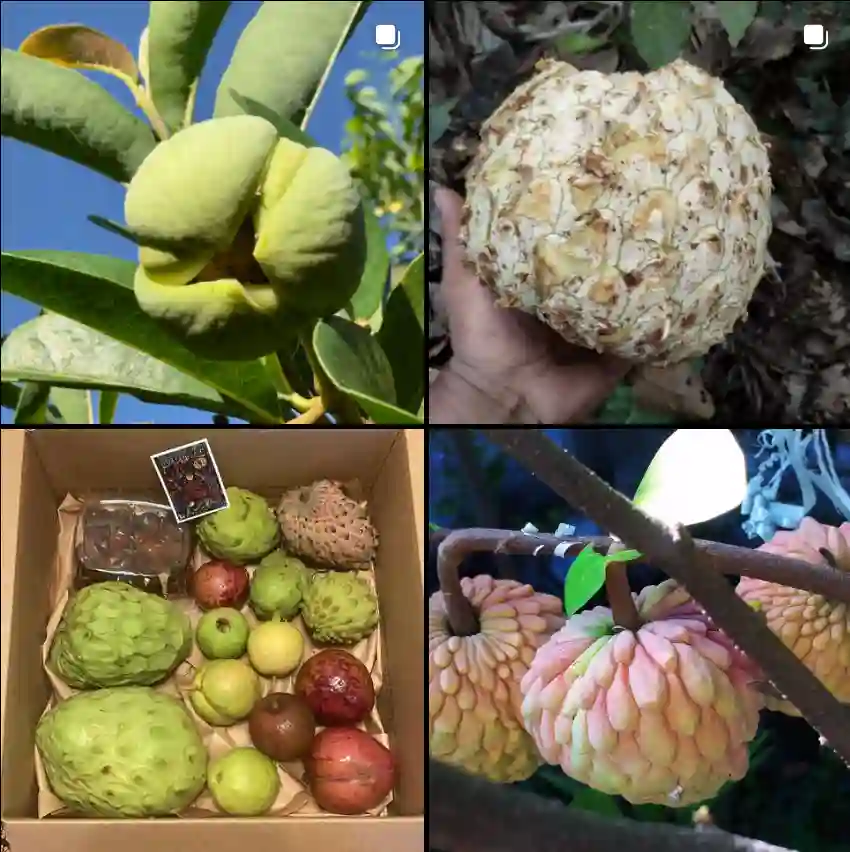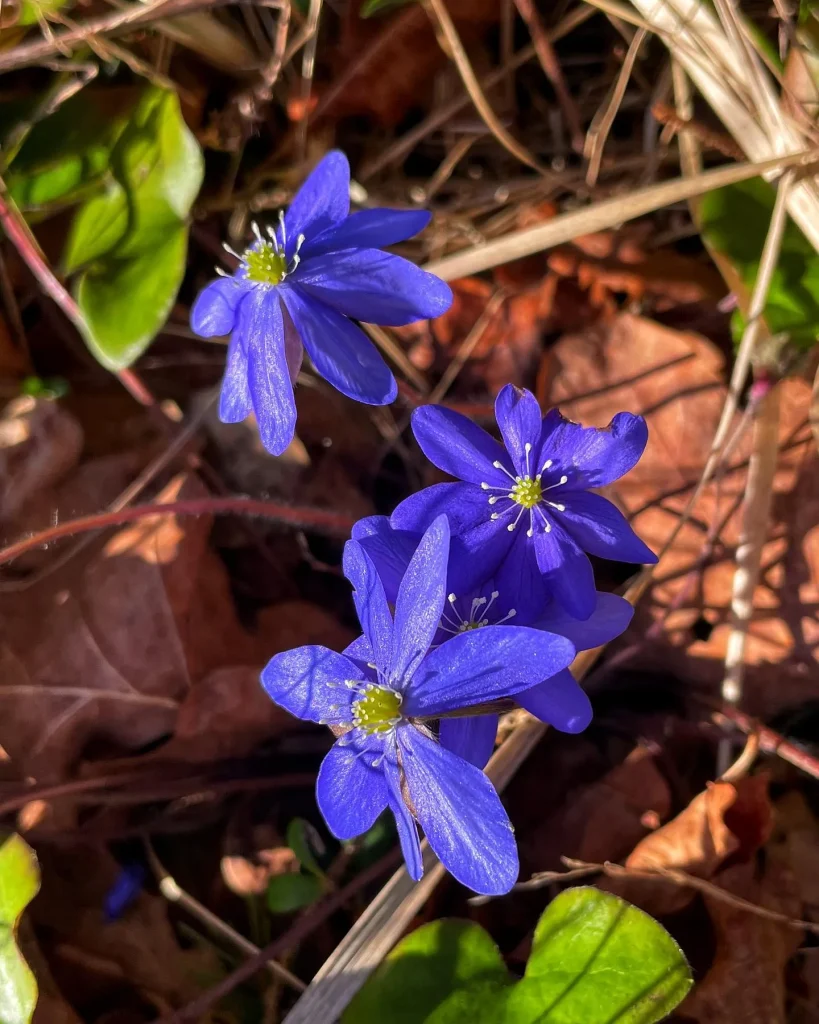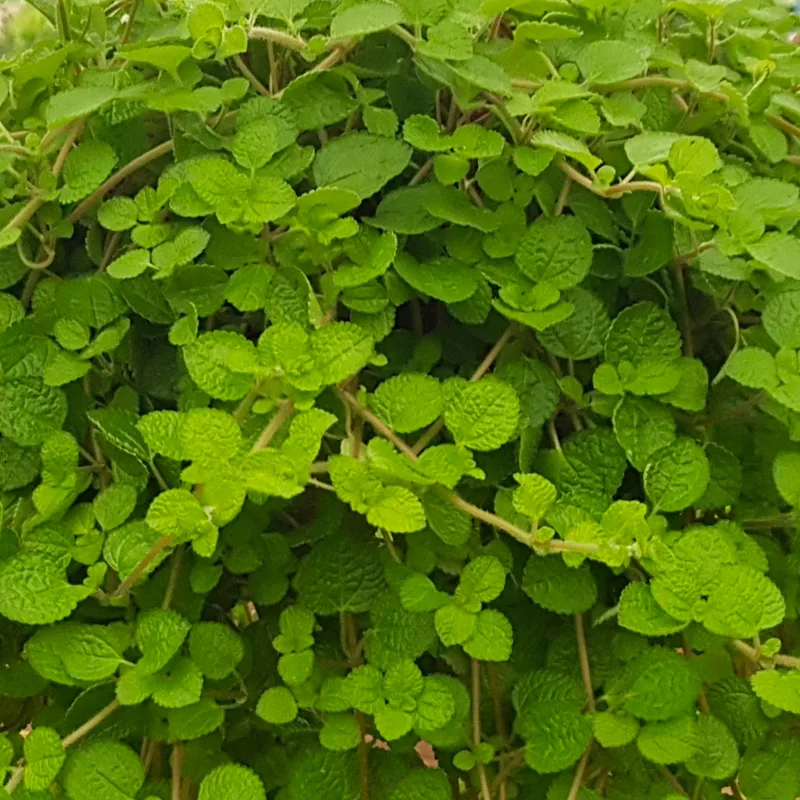Emerald Carpet Manzanita: A Low-Growing Groundcover Gem
The Arctostaphylos Emerald Carpet, a mouthful of a name for a rather unassuming plant, has become a fixture in my garden. This California native stole my heart with its dense, emerald green foliage and surprising tolerance for neglect. As a lover of low-maintenance landscaping, I couldn’t resist its charm.
For those seeking a beautiful and functional groundcover, the Emerald Carpet Arctostaphylos is a fantastic option. Let’s delve deeper into this little powerhouse and explore its characteristics, care requirements, and even propagation methods.
78 Species in Genus Arctostaphylos
How Tall Does Emerald Carpet Arctostaphylos Grow?
Don’t let the “Carpet” in the name fool you – this manzanita isn’t exactly something you’d walk on. While it hugs the ground, it doesn’t disappear into it. The Emerald Carpet Arctostaphylos typically reaches a height of 10 to 1 inches, with a spread that can range from 3 to 6 feet. This makes it perfect for creating a lush, green tapestry across your garden beds.
Where Does Arctostaphylos Emerald Carpet Grow in Habitat?
A Californian native, the Emerald Carpet Arctostaphylos thrives in the chaparral and coastal scrub habitats of the state. These regions are known for their hot, dry summers and mild, wet winters. This translates to the plant’s preference for well-draining soil and a sunny location.
Planting and Caring for Your Emerald Carpet Arctostaphylos
Planting your Emerald Carpet Arctostaphylos is a breeze. Choose a location that receives full sun and has well-draining soil. Amending the planting hole with some compost is beneficial, but not essential. Once planted, water deeply to establish the roots, but after that, this drought-tolerant gem requires minimal irrigation.
Since it’s a slow grower, don’t expect it to fill in overnight. Patience is key with this plant. However, its slow growth also translates to minimal maintenance. Occasional light pruning to maintain its shape is all that’s typically needed.
A Feast for the Senses: Flowers and Foliage
The Emerald Carpet Arctostaphylos isn’t just about the low-maintenance foliage. During winter and early spring, it produces clusters of small, white, urn-shaped flowers. These delicate blooms not only add a touch of elegance to the plant but also attract hummingbirds, bringing a touch of life to your garden.
The real star of the show, however, is the evergreen foliage. Unlike many flowering plants that sacrifice year-round interest for blooms, the Emerald Carpet Arctostaphylos boasts lush, dark green leaves throughout the year. This vibrant green tapestry provides a beautiful backdrop for other plants in your garden and adds a pop of color even in the winter months.
What to Plant With Your Emerald Carpet Arctostaphylos?
The Emerald Carpet Arctostaphylos’ versatility makes it a great companion for various plants. Here are a few ideas:
- California natives: Combine it with other drought-tolerant California natives like California poppies, sages, or lavender to create a cohesive and water-wise garden.
- Low-growing perennials: Interplant it with low-growing perennials like creeping phlox or bluebells for bursts of color throughout the season.
- Shrubs: Use it as a groundcover beneath taller shrubs like ceanothus or coyote bush to add visual interest and prevent erosion.
How to Grow Arctostaphylos Emerald Carpet from Cuttings?
Propagation by cuttings is a great way to expand your Emerald Carpet Arctostaphylos collection or share it with friends. Here’s a simple guide:
- Take cuttings in late summer or early fall from non-flowering stems.
- Choose a healthy stem with several nodes and cut it just below a node at a 45-degree angle.
- Remove the lower leaves from the cutting, leaving a few nodes exposed.
- Dip the cut end in rooting hormone (optional but helpful).
- Plant the cutting in a pot filled with a well-draining potting mix.
- Water thoroughly and keep the soil moist but not soggy.
- Place the pot in a location with bright, indirect sunlight.
- Be patient – rooting can take several weeks or even months.
With its low-maintenance nature, beautiful evergreen foliage, and surprising tolerance for drought, the Emerald Carpet Arctostaphylos is a fantastic addition to any garden. So, if you’re looking for a groundcover that offers year-round beauty and functionality, consider giving this California native a try. You might just find yourself as smitten with it as I am.
If i die, water my plants!



